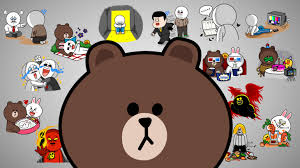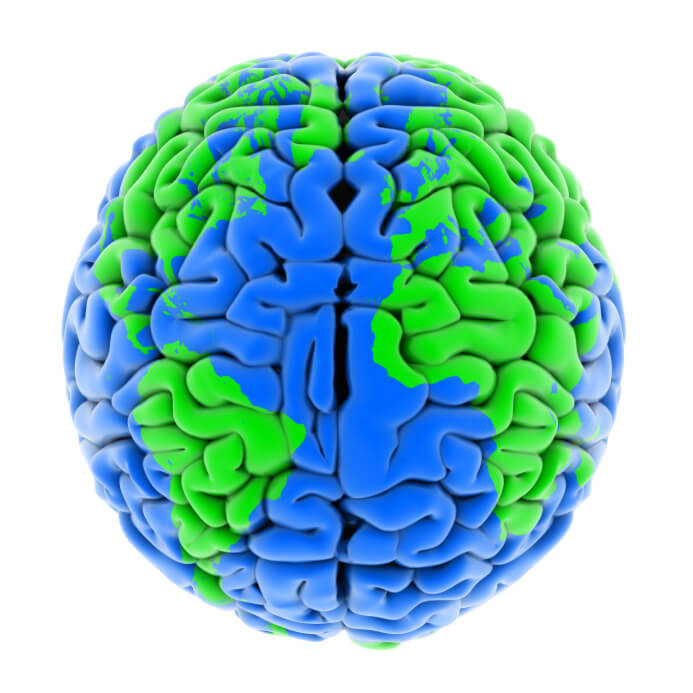In Arrival, Louise Banks (played by Amy Adams) asks to meet and interact face-to-face with the aliens who have landed on Planet Earth and has to use visual communication to more quickly and effectively learn their language. Similarly, studies of human communication have shown that non-verbal signals account for a significant proportion of that communication making it more effective and memorable.
Marcel Danesi’s recent book on The Semiotics Of Emojiis an important reminder of the limitations of language and sound, and how much visual symbols can aid human interaction and add to the richness of communication. He opens the book by discussing the selection of an emoji (“Face with Tears of Joy”) as the Oxford English Dictionary’s word of the year in 2015, a selection that no one disputed and that was said to “capture the ethos, mood, and preoccupations” of that year reflecting “the sharp increase in the popularity of emoji across the world in 2015”.
An analysis that informed the Oxford English Dictionary’s choice of emoji showed that “Face with Tears of Joy” accounted for more than 20% of all emojis used in the UK that year and between 15% and 20% of those used in the USA. So why is this such a popular emoji? Marcel Danesi’s book discusses the role of emojis in modern discourse (partly based on his own research) as well as their history and development in their relatively short life.
To give perspective, emojis are said to be used in around 45% of all text-based messages that are currently sent. Emojis were created in 1998 by Shigetaka Kurita, a reader of manga comics and worker in a telecommunications company, but only gained widespread use outside Japan in 2010 when the language of emojis was standardized in Unicode leading Apple to introduce them into their operating system in 2011 and others quickly following suit.
Emoji is an English adaptation of Japanese, with emeaning picture and mojimeaning a letter or character. Therefore, emoji literally means ‘a picture word’ although the similarity to the English words emoticon and emotion are purely coincidental. Paolo Coelho said, “Writing means sharing. It’s part of the human condition to want to share things”, and emojis provide a simple, visual and emotional language for aiding this sharing.
Other recent research by Drake Baer (published after The Semiotics Of Emoji) is said to confirm that emojis act like gestures (read more on gestures and language here), adding much needed clues to give tonality to words that have been flattened from vocal speech and body language into text messages. Emojis can express actions and spatial relationships too, as well as being used in the same way that words are used in sentences.
Marcel Danesi argues that there are three main common uses of emojis. The first is to open communication (replacing typical greetings such as “hi” and “hello”), allowing senders to present a positive face and a cheerful tone. This strengthens and maintains social bonds (especially when negative information needs to be shared).
The second use is to end communication, getting around the problem of quick messages that might feel like they end abruptly. A quick smiley at the end of a short message confirms the friendship between two people.
The third use is to avoid silence in a conversation, which in verbal communication are often filled with body language, facial expressions of meaningless small talk (in England typically about the weather). Emojis can fill the gap between the receiver’s expectation of more information and the sender’s reluctance to share more, making interactions more comfortable.
Overall, emojis are used to enhance the positive tone of messages and confirm the friendly intentions and existing relationships of the two people (or more) in the conversation. Their visual nature and link to universal (or more correctly common) facial expressions means that they reach across borders and language barriers more effectively than words.
At the same time, it must be no coincidence that so many brands have evolved their logos to incorporate a smiling face. In 1933, Leonard Bloomfield wrote that “Writing is not language, but merely a way of recording language by means of visible marks”. Communication is about much more than words and emojis help us to share more of the social context provided by face-to-face communication. As Louise Banks learns in Arrival, it’s only by seeing into the expression of their body and face that you can start to understand the real meaning of their words.
REFERENCES
The Semiotics of Emoji: The rise of visual language in the age of the internet by Marcel Danesi
“Emoji have a dual nature” by Drake Baer at nymag.com/scienceofus/, 16 December 2016
Language by Leonard Bloomfield







Immortal46
Many of the new emoji are tied together by the theme of inclusivity, introducing symbols for deaf people, blind people, and people in wheelchairs.